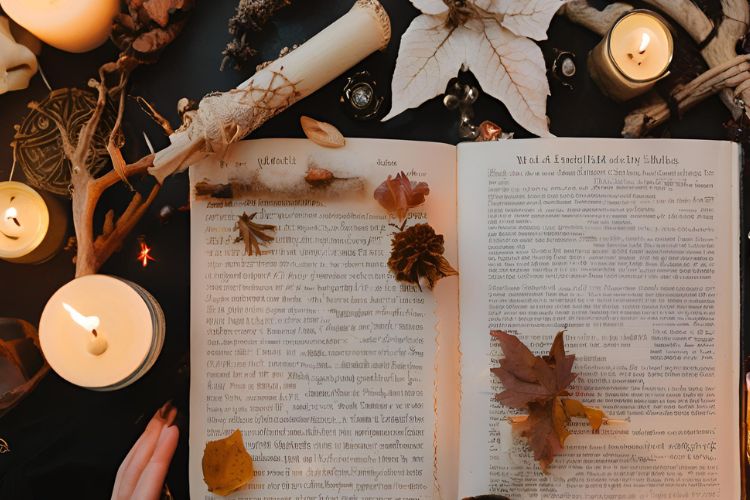Witchcraft spells have a long and fascinating history that dates back thousands of years. From ancient rituals to modern practices, the practice of harnessing spiritual energy to manifest desires has evolved over time. In this article, we will explore the history of witchcraft spells, from its origins in ancient civilizations to its place in contemporary society.
Origins of Witchcraft Spells
The origins of witchcraft spells can be traced back to ancient civilizations such as Egypt, Greece, and Rome. In these societies, individuals believed in the power of magic and the ability to communicate with the spiritual world. Priests, priestesses, and shamans would perform rituals and spells to summon spirits, seek guidance, and influence the physical world.
In ancient Egypt, for example, spells were often used in funerary rituals to ensure a safe passage to the afterlife. The Book of the Dead, a collection of spells and incantations, was buried with the deceased to guide them on their journey. In Greece, practitioners of magic would invoke deities such as Hecate, the goddess of witchcraft, to aid them in their spellwork.
During the Middle Ages, witchcraft spells became associated with the occult and were often viewed with suspicion by the Christian Church. The infamous witch trials of the 16th and 17th centuries saw thousands of individuals accused of practicing witchcraft and using spells to harm others. These dark times led to the persecution and execution of many innocent people who were falsely accused of being witches.
Modern Witchcraft Spells
In the 20th century, the practice of witchcraft experienced a revival with the emergence of modern witchcraft movements such as Wicca and Neo-Paganism. These traditions draw on ancient rituals and beliefs while adapting them to contemporary practices.
Wicca, founded by Gerald Gardner in the 1950s, is a nature-based religion that honors the cycles of the moon and the natural world. Wiccans believe in the interconnectedness of all things and use spells and rituals to manifest their intentions. Spells in Wicca often involve the use of candles, herbs, crystals, and other tools to focus energy and intention.
Neo-Paganism, which encompasses a variety of traditions and practices, also incorporates witchcraft spells into its belief system. Practitioners may work with deities from various mythologies, such as the Norse gods or Celtic goddesses, to invoke their power in spellwork. Spells in Neo-Paganism are often used for healing, protection, and personal transformation.
In addition to Wicca and Neo-Paganism, there are various other modern practitioners of witchcraft who incorporate spells into their spiritual practice. Some individuals may identify as solitary witches, working alone in their rituals, while others may belong to covens or spiritual communities that gather to practice together.
Contemporary witches may draw inspiration from a variety of sources, including folklore, mythology, and ancient traditions. They may also incorporate elements of psychology, energy work, and mindfulness into their spellwork to enhance its effectiveness.
The Evolution of Witchcraft Spells
Throughout history, witchcraft spells have evolved from ancient rituals rooted in animistic beliefs to modern practices that blend tradition with innovation. While the persecution of witches has cast a dark shadow on the practice, contemporary witches are reclaiming their power and using spells for healing, empowerment, and spiritual growth.
As society continues to evolve, so too will the practice of witchcraft spells. Whether one is a seasoned practitioner or a curious newcomer, the rich history and diverse traditions of witchcraft spells offer a wealth of knowledge and inspiration to explore. From ancient rituals to modern practices, the art of casting spells continues to enchant and inspire those who seek to harness the power of the unseen world.

